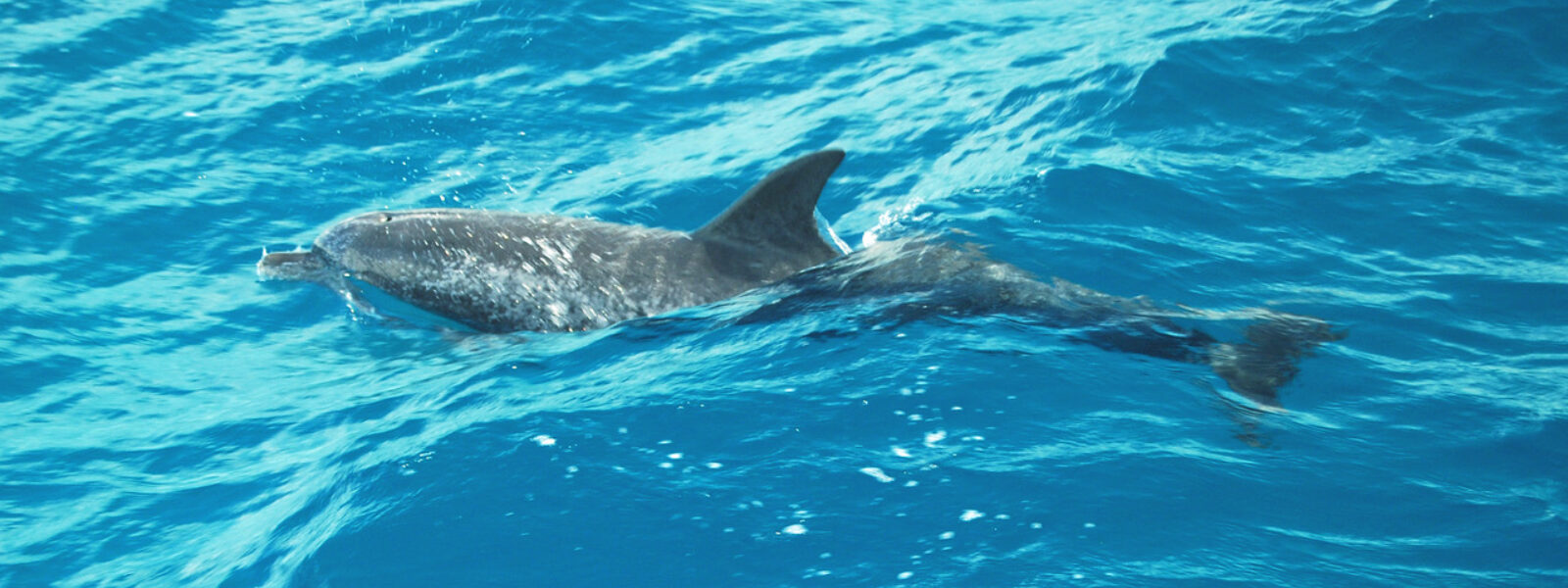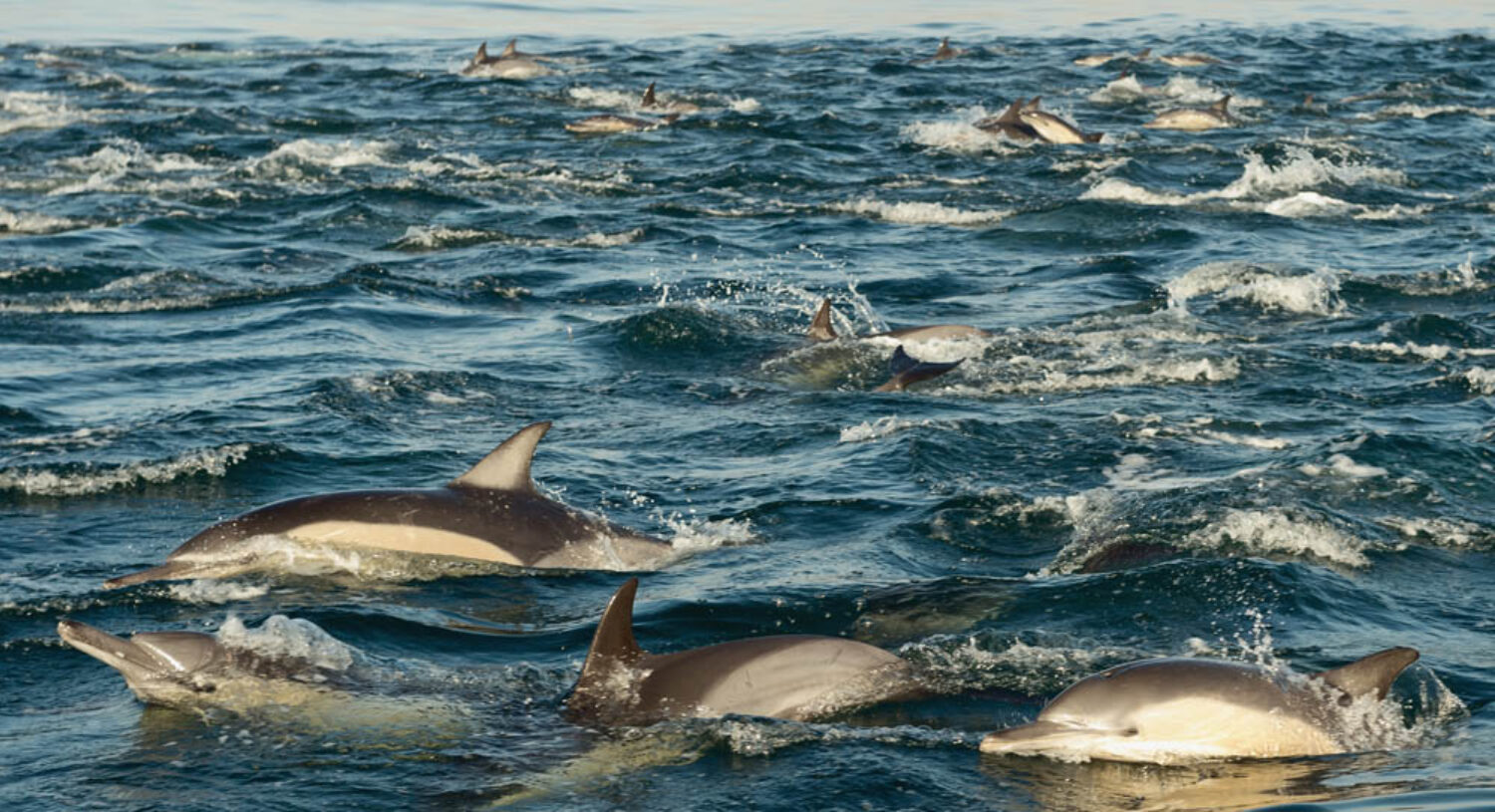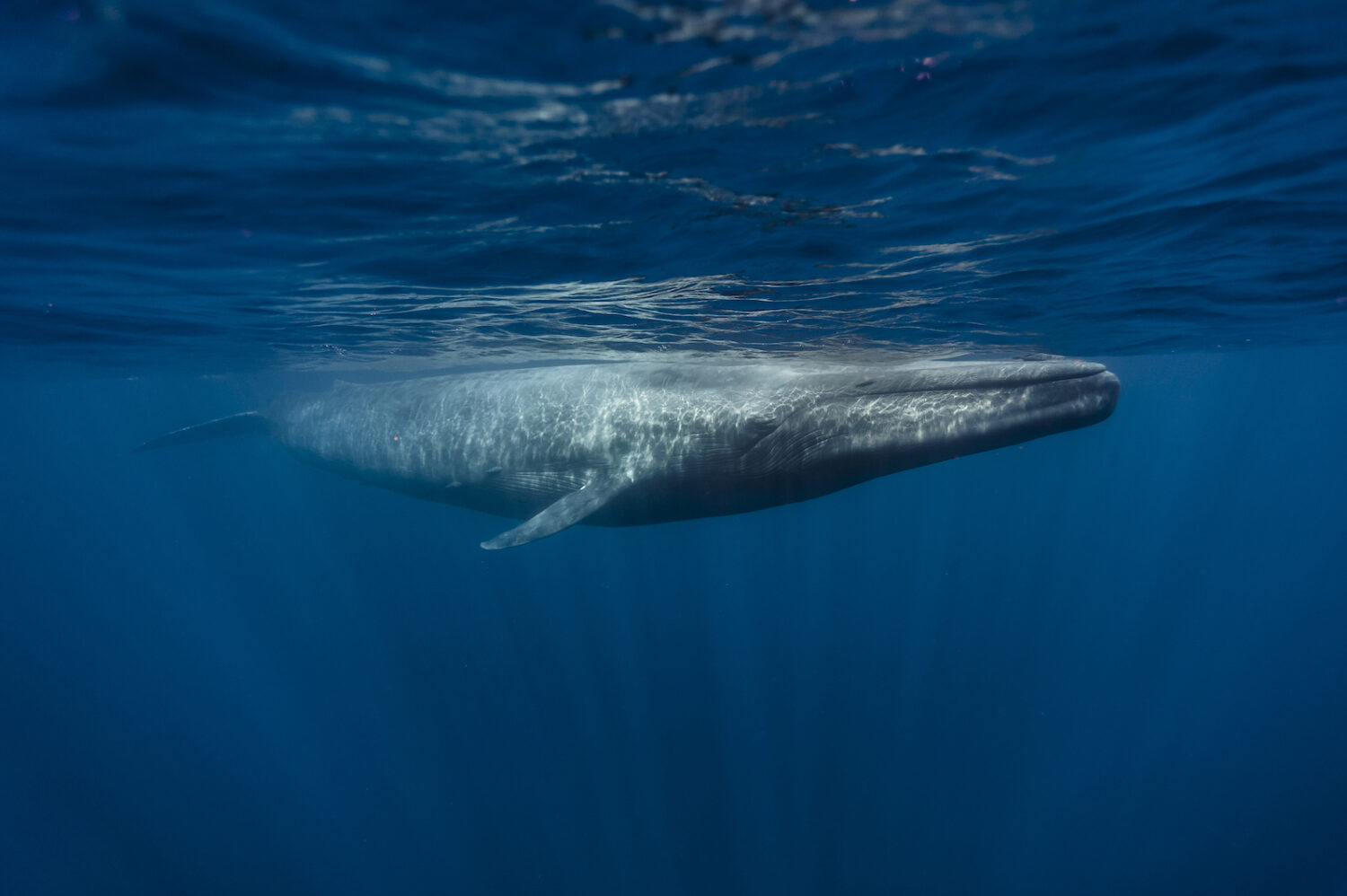
Identifying the Cetaceans of the World
By Rosemary Ellis
The cetacean family (Cetacea), which encompasses whales, dolphins, and porpoises, is one of the most distinctive and highly specialized orders of all mammals. Characterized by two front flippers and tails uniquely shaped into two horizontal extensions (known as flukes), these features contribute to their remarkable swimming abilities.
Were you aware that all whale species fall into two suborders? Among them, 77 species belong to odontocetes, or toothed whales, utilizing teeth for hunting. Fifteen species are mysticetes, or baleen whales, relying on baleen plates to filter food from the water column.
Toothed Whales (Odontocetes)
Named after their teeth, toothed whales or odontocetes possess one blowhole opening. With 77 species, including sperm and beaked whales, belugas, narwhals, porpoises, dolphins, and even freshwater river dolphins, their sizes vary from the 5-foot (1.5 m) vaquita porpoise to the 60-foot (21.1 m) sperm whale.
Typically social, toothed whales and dolphins live in groups and, similar to bats, employ echolocation, or sonar, for environmental navigation. They generate sounds in their head's air passages, projecting them forward. These emitted sounds bounce off solid objects and return, creating an echo-ing effect that allows cetaceans to form a mental "picture" of their surroundings, their fellow whales, and their preferred food.
Certain toothed whales, such as beaked whales, are particularly intriguing and constitute one of the least explored mammalian groups. Preferring deep waters, beaked whales are seldom encountered by humans, leading to the ongoing discovery of new species. In some beaked whale species, only males possess teeth, while strap-toothed whales possess a mere two teeth that encircle the top of their jaws, restricting full mouth opening.
A significant peril faced by toothed whales globally is entanglement in fishing gear. This hazard alone has led to an alarmingly high number of fatalities, and for 86% of all toothed whale species, the risk of entanglement and subsequent demise in various fishing apparatus such as gillnets, lobster and crab traps, weirs, purse seines, longlines, and trawls is substantial. Furthermore, the scarcity of food and compelled dietary alterations stemming from commercial fishing practices, especially over-fishing, present additional threats to 13 species.
Many use the terms “dolphin” and “porpoise” interchangeably, but there are distinctions between the two groups of toothed whales. Porpoises generally do not have long beaks; dolphins possess beaks. There are other differences, such as dolphins having sharper, curved dorsal fins compared to porpoises.

Dolphins often join together in large herds. Photo Credit: Shutterstock
Baleen whales (Mysticetes)
The mysticetes, commonly known as baleen whales, constitute the second cetacean group, and are categorized into four families: rorqual, right, gray, and pygmy right whale.
Yet, the precise count of species (currently 15) and their interrelationships remain subjects of intense debate. Scientists are continually discovering what they suspect to be new species within existing ones, with sizes ranging from the 21-foot (6.4 m) pygmy right whale to the colossal 100-foot+ (30.5 m) blue whale.
Distinguished by two blowholes and the absence of teeth, baleen whales possess numerous rows of baleen plates made of keratin, akin to the substance found in human hair and fingernails. These plates, attached to the roof of the mouth, function as filters, extracting small fish and plankton from the water as a food source. Typically, baleen whales adopt a feeding method involving the intake of a large mouthful of both food and water, followed by expelling the water through gaps between their baleen plates using their tongues. The baleen plates, acting as a sieve, retain the small fish and/or krill left behind once the water is expelled – throat grooves in many species allow a massive expansion of the mouth and throat. Krill and/or small fish make up the primary diet for most baleen whales.
Certain baleen whales, like right and bowhead whales, employ a distinct skimming technique. In this approach, water and food pass through a gap in the front of their mouths, where baleen is absent. The food becomes trapped in the baleen fringe, while water exits between the baleen plates. Other species, like humpback whales, will cooperate in feeding by helping encircle balls of fish, then surfacing through the fish ball with jaws wide open, trapping fish in their enormous gaping mouths and throat.
Many baleen whale species have faced extensive direct killing through hunting during the era of commercial whaling and are now grappling with recovery challenges. Notably, both the North Atlantic right whale and the North Pacific right whale are endangered. Many other species of baleen whales, seriously depleted by commercial whaling, are recovering in numbers.
Commercial whalers still target fin whales (in Iceland), minke whales (in Norway), and minke and sei whales (Japan). There persists subsistence whaling of bowhead whales, carried out by Alaskan and Greenlandic aboriginal subsistence whalers. Gray whales too are hunted by catcher boats to feed indigenous populations in Russia’s far Pacific coast, plus occasional individuals hunted by Alaskan Inuit tribes.

Baleen Whales Include the Largest Animal on Earth, the Blue Whale. Photo Credit: iStock
What are some differences between whales and dolphins?
Dolphins and porpoises are considered toothed “whales”, under the scientific Cetacea classification. However, prominent distinctions are usually made between whales and dolphins, especially in their size and body shapes. Whales exhibit a wide size range, from smaller species like pygmy right whales to blue whales, the largest animal on Earth. In contrast, dolphins and porpoises, including the largest species, the orca, generally maintain much smaller sizes, reaching lengths of up to 30 feet. Dolphins are much leaner than whales, with the characteristic torpedo shape.
Another notable difference involves their anatomical features. Whales typically feature two blowholes atop their heads, facilitating air intake when surfacing. The one exception is the sperm whale, a toothed whale, with only one blowhole, who, due to its enormous size, is often considered a whale rather that a large dolphin, to which it is distantly related. (By contrast, killer whales and beluga whales are not really whales, just large members of the Odontocetes.) Conversely, dolphins possess a single blowhole positioned at an angle on their head. Additionally, dolphins typically have noticeable dorsal fins, while whales have much smaller fins and, in some species, even no dorsal fins in the case of right whales. Again, there are exceptions. The right whale dolphin and the beluga whale (actually a large dolphin) have no dorsal fin, for example,
Despite sharing numerous similarities, whales and dolphins exhibit several significant behavioral distinctions. Whales, for instance, tend to be solitary beings, spending a considerable amount of time swimming alone or in small groups and deep below the surface. Renowned for their extensive migrations covering thousands of miles across the ocean, whales emphasize individual or limited-group dynamics. However, at least some whales can keep in touch with each other over very long distances through their deep, low frequency calls.
Whales also often gather in groups in select geographic areas to give birth to young and to mate. Gray whales are famous in migrating from the Arctic Ocean feeding grounds in summer (where they are scattered over immense distances) to three small Pacific Ocean lagoons in Baja, Mexico, to give birth. Males and females also use the migration to mate.
Then there are sperm whales. Older adult male sperm whales will spend considerable time alone in the high latitudes, while pods of females and young stay in tropical and temperate waters as a social group.
In contrast, dolphins are highly social creatures, frequently moving in large pods. Some pods reach into the thousands. Their well-known behavior of playfulness and acrobatics, such as leaping out of the water and riding waves, demonstrates the contrast between them and the more generally solitary nature of the large whale species. River dolphins and harbor porpoises, by contrast, tend to stay in very small groups or as individuals.
Dolphins, porpoises and whales are all descended from land mammals that, millions of years ago, returned to the seas and adapted to the ocean, where they can give birth underwater and never come to land. A surprising number of lifestyles have been adopted by these very intelligent and very emotional beings.
The world would be a very poor place without them.
****************************************************
